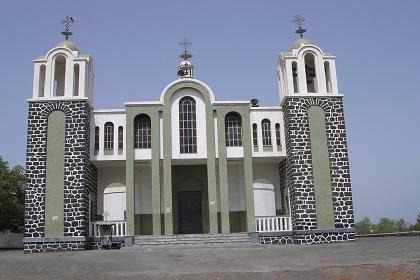Today was
the 98th running of the Indianapolis 500. And in Indianapolis, it’s practically a holiday in and of
itself. The whole month of May is
one giant festival pretty much. We
won’t be able to see it on TV until this evening, but we normally listen to it
on the radio or follow the live results online, which is what I do. (Here’s a fact to those who don’t live
around here: the famous track isn’t technically in the city of Indianapolis:
it’s in the city of Speedway. Back
in the 1970s, many of the smaller towns in the county became part of the city
of Indianapolis, but there were four communities who opted out, and Speedway
was one of them. Now you can
impress your friends.)
 |
| Slightly blackened, yes. And yes, I used a filter to lighten the photo a bit. |
And in
lieu of the typical hamburgers and hot dogs on the grill – we’ll do that tomorrow
for Memorial Day – my family is having food from Eritrea for our race day fare.
Today, I started with making a bread called hembesha. First of all, I searched all over the south side of Indianapolis
for fenugreek seeds. But after
four stores, I finally found it at the international grocery store. So, this bread starts with dissolving
the yeast in warm water (I suspect that my water may have been too hot), then
mixing an egg, oil, and ground fenugreek, ground coriander, ground cardamom,
and minced garlic into a separate bowl.
After putting half white flour and half wheat flour in a large bowl, I
poured the egg/spice mix into it and the yeast/water mix in as well. Once I got the dough so that it wasn’t
sticky, I let it sit for an hour.
By then, it was time to punch it down and knead it again and form it
like a flat round disk and let it sit for another 45 minutes to rise again. I took a knife and cut some decorations
into it (I modeled it after one that I saw as I scrolled through some Google
images of hembesha). For a yeast
bread, this was baked a little differently: I put a small amount of oil in a
skillet (although the recipe didn’t mention to do so) and placed the bread in
it, covering it with a lid. I was supposed to flip it over after ten minutes
and bake it for five more minutes, but it got left in a little longer giving it
an unintended scorched look. I
took the bread and immediately put it on a plate to cool, but brushed a little
water and melted butter on top.
It’s normally cut into wedges when served. Although it was slightly
blackened and none of my designs came through, the spices made up for it. I
thought it was really good.
 |
| This was soooooo good. I wish my family could handle it if I made it spicier. |
And
finally, we come to the main dish: kulu’wa. It’s like a spicy beef stew without a lot of the
vegetables. The recipe didn’t say
this, but I browned the stew beef lightly first and then stored it to the side.
I fried the onions in butter, adding in a can of tomatoes, garlic, and berbere
spices. This is a special spice mix made of 15 different herbs and spices
(piri-piri chiles, cayenne chilies, paprika, garlic powder, onion powder, sea
salt, ground ginger, ground cinnamon, ground turmeric, cloves, cumin,
fenugreek, cardamom, black pepper, dried thyme leaves – basically I should just
empty out my spice cabinet into a container). I didn’t exactly use all of these, but I added a dash of
most of them. Once I let the
onions and tomato mix simmer for five minutes, I added the meat back in and let
simmer with a lid on it for about 25 minutes. I ladled it on some couscous, and it was really good that
way.
 |
| The final product. Once again, looking forward to some awesome leftovers. |
Altogether,
the meal was really good. The sweetness of the fruit salad balanced out the
spiciness of the beef. My son has decided
that he doesn’t like any food that I make anymore, and especially if it’s
called “dinner.” I did get him to
eat an arugula salad last week though.
So, I’m still winning. They’ve decided they’re starving – no, famished—
as soon as I say, “It’s time to go to bed!” Perhaps, I should be more
Brazilian: feed them more for lunch and have a lighter dinner at 9:00 at
night. It’s probably a phase they’re
going through. I’ll figure it out just as soon as they change. And even though
I burnt the bread, the rest of the meal made up for it. I guess you live and
learn. But now, it’s time for some
ice cream.
Up next:
Estonia






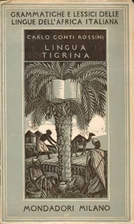


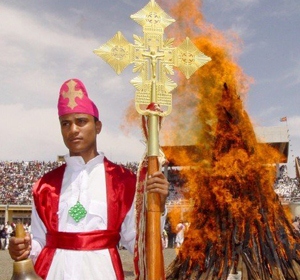

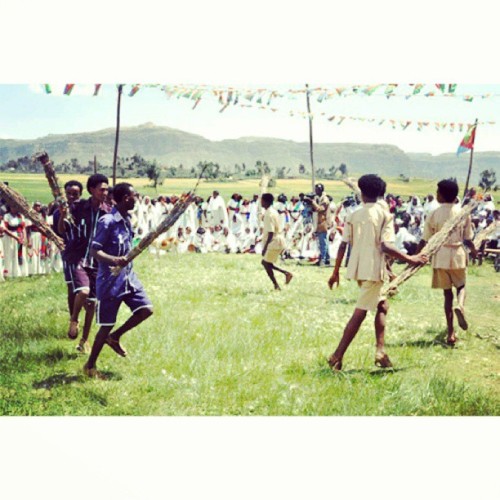
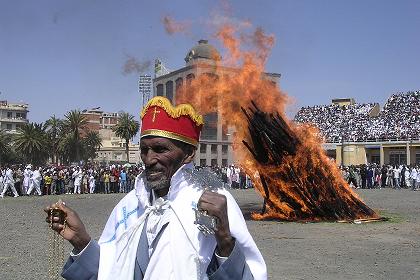
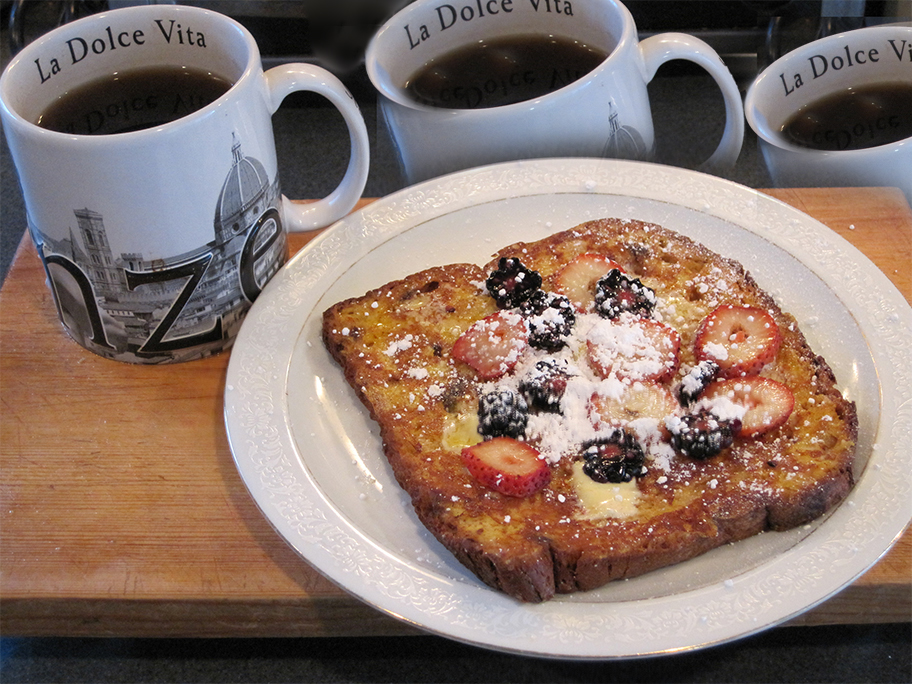

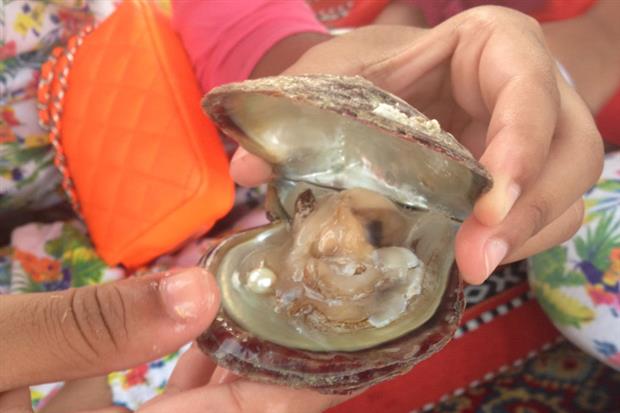
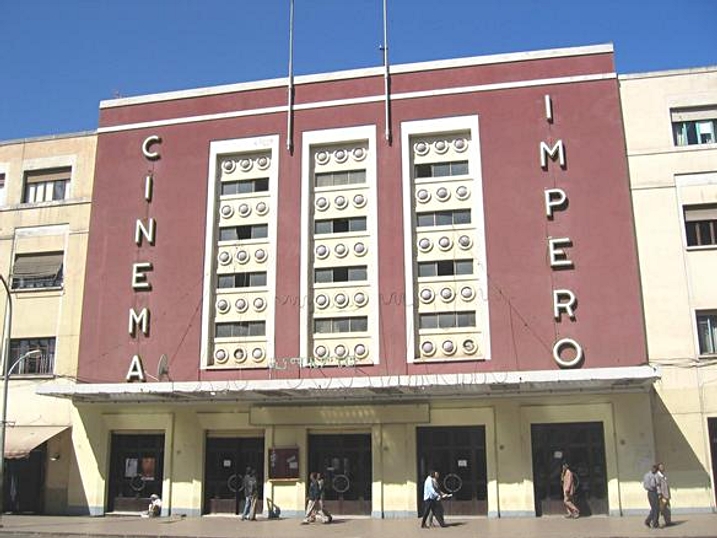
.jpg)

